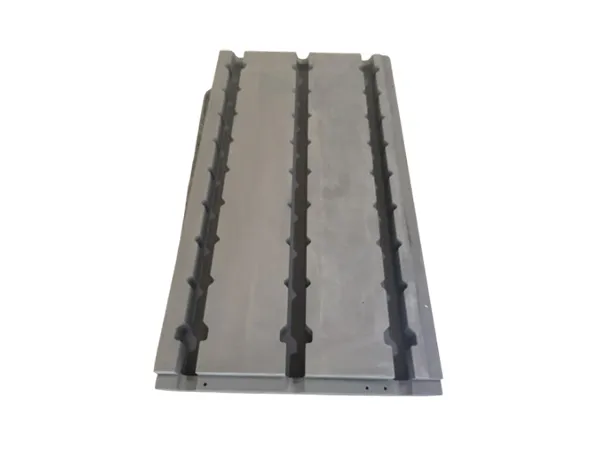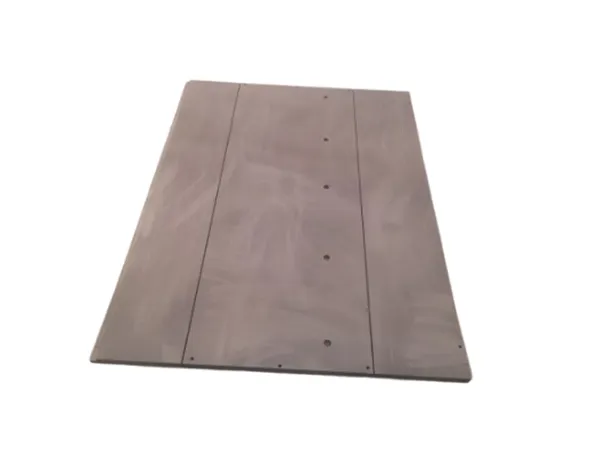Graphite plays a critical role in heat treatment processes due to its exceptional thermal stability, chemical inertness, and excellent heat conductivity. Widely used in high-temperature furnaces, graphite components—such as insulation boards, heating elements, and crucibles—help maintain consistent temperature control and ensure a clean processing environment.

High-Temperature Stability: Graphite can withstand very high temperatures (sublimes at ~3650°C) without melting, making it ideal for furnace linings, insulation, trays, boats, grids, and fixtures used to hold parts during heat treatment.
Low Thermal Expansion: It has a low coefficient of thermal expansion, meaning it doesn't change size or shape significantly with temperature changes, preventing distortion of the fixtures or the parts they hold.
Thermal Shock Resistance: Graphite can withstand rapid temperature changes without cracking, which is common in heat treatment cycles.
Machinability: It can be easily machined into complex shapes for custom fixtures.
Electrical Conductivity: Graphite is a good electrical conductor, allowing it to be used as a resistance heating element in vacuum furnaces or furnaces with controlled atmospheres. It heats up when an electric current passes through it.
High Emissivity: It radiates heat efficiently, contributing to uniform heating within the furnace.
In induction heating, a non-conductive material might need to be heated. A graphite susceptor can be placed near or around the material. The induction coil heats the graphite susceptor, which then radiates heat to the target material.
Chemical Inertness: Graphite is relatively inert and does not react with many molten metals or materials being heat-treated, preventing contamination.
Non-Wetting: Many molten metals do not "wet" graphite, making it easier to remove the treated part or molten material from graphite crucibles or molds.
Thermal Conductivity: Good thermal conductivity allows for even heating and cooling of the contents within a graphite crucible.

Oxygen Scavenger: In some applications, particularly at very high temperatures in a slightly oxidizing environment, graphite can act as an oxygen scavenger by
reacting with oxygen to form CO or CO2, thus protecting the workpiece from oxidation.
...
For more detailed information about the role of graphite in heat treatment, click to visit: https://www.czgraphite.com/a/news/graphite-in-heat-treatment-role.html